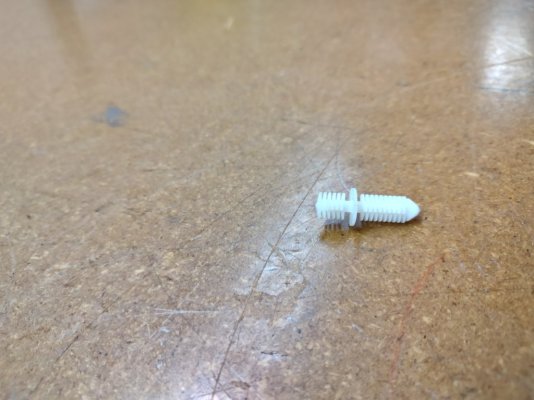NWpilot
Veteran Member
- Joined
- Nov 20, 2020
- Messages
- 68
- Vessel Name
- Maiden Heaven
- Vessel Make
- 84 Bayliner 3870
I have a 1984 Bayliner 3870 and I'm replacing the fly bridge seat. When removing the old one, held down by nuts on the base, three of the six bolts embedded in the deck started turning. I don't want to tear into the deck so I thought why not just cut the bolts off, build a wooden platform out of mahogany and anchor the seat base to it. I plan to anchor the wooden platform to the fiberglas deck with fiberglas epoxy rather than trying to screw anything into the deck.
Does anyone here think this approach is worthwhile or am I crazy for trying this.
Thanks in advance for your opinions.
Does anyone here think this approach is worthwhile or am I crazy for trying this.
Thanks in advance for your opinions.

